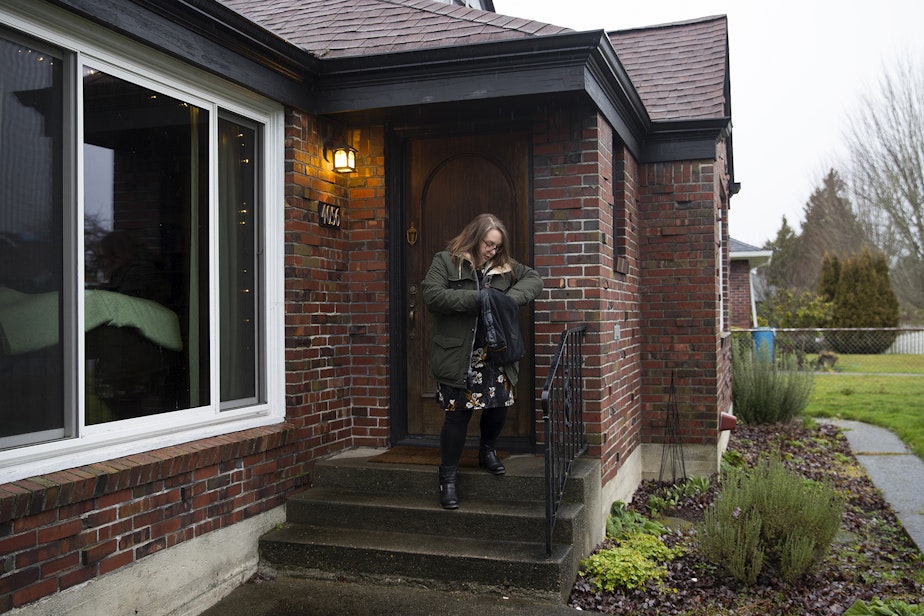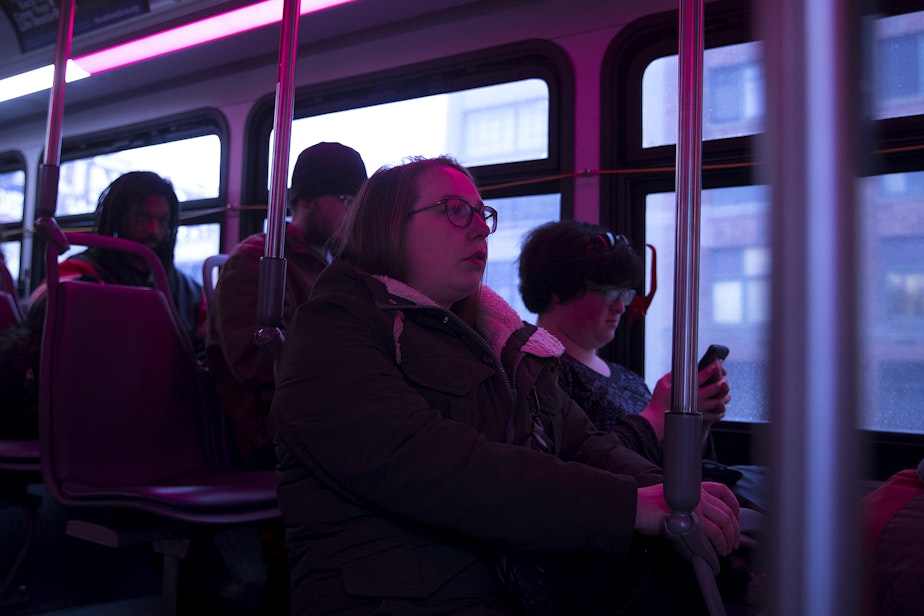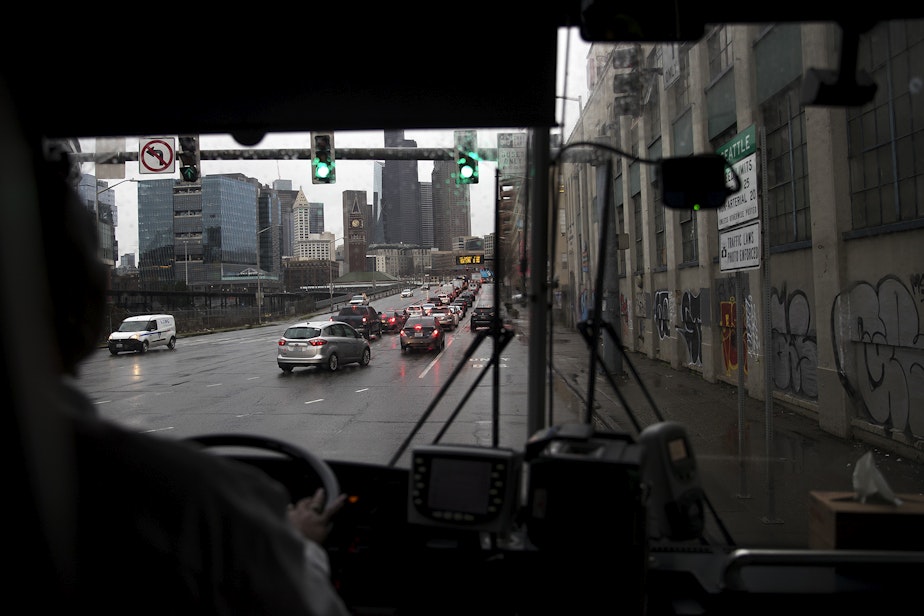Seattle’s hidden housing crisis: Middle-class workers forced out of the city

Kara Peters works at Seattle’s Central Library. She’s a third-generation Washingtonian who grew up in West Seattle.
“Grandma, she did Mary Kay. She had four daughters who all went to West Seattle High School,” Peters said.
But unlike her parents and grandparents, Peters can’t afford a house in Seattle, even though she makes a decent income. In 2018, Peters earned $57,396.
So Peters moved to Tacoma where she could afford a house. She loves Tacoma, but misses being close to family.
"Growing up I was constantly surrounded by my family. I would go over to my Auntie Patty's after school, I would see my grandparents all the time, and now that we live farther and farther apart, we don't really have that." Peters said.

This week, Mayor Jenny Durkan’s office is out with a new “middle-income” advisory panel report that aims to help middle-class workers like Peters.
“Seattle should be a place where people of all incomes can live, so they don't have to commute long distances, putting damage on their family and on the environment in order to make it to work,” said Emily Alvarado, Seattle’s housing director.
Sponsored
The report defines “middle-income” workers as those who earn too much to qualify for subsidized housing but who struggle with housing costs. That’s between $46,500 and $93,000 for a single-person household, which is between 60 and 120 percent of the Seattle area’s average median income (AMI).
Seattle's soaring housing prices are forcing some low-income families into homelessness, and that’s still the city’s main priority. But according to the new report, nearly 40 percent of middle-income workers like hospital staff and teachers also say housing costs are a “burden.”

What to do about low housing supply
The underlying problem is housing supply: Since 2010, the number of jobs in Seattle increased by 30 percent, while the number of homes went up by 10 percent. As a result, median home prices are now well above $700,000. But a median, one-person household can afford to pay just $313,000 for a home.
Sponsored
The panel’s top three recommendations include:
- Cut red tape to increase housing supply and lower prices. The report says streamlining the review process alone will bring more housing to the city faster and lower prices.
- The panel also wants the city to lobby the state to extend middle-income housing tax breaks for developers through the Multifamily Tax Exemption program (MFTE), which city housing experts argue has been very successful.
- The panel also recommends asking businesses to do more to help by, for example, providing low-interest financing for developers to create more middle-income housing. That would mean engaging more with Seattle businesses, including the region’s biggest tech giant, Amazon.
Gabriel Grant, a developer who served on the advisory panel, argues low-cost financing is a big deal. He points to a recent project he worked on near the Othello light rail station that was financed in part by Children’s Hospital.

Grant said low-interest financing allowed them to double the number of “affordable” units for individuals and families earning up to 80 percent AMI ($50,000 to $80,000) for 20 years.
Sponsored
"I don't think we're just going to magically go back in time to the way Seattle was in 1975, which is why it's so important that there be companies and developers that really care about addressing this problem," Grant said.
That makes sense to Jenny Schuetz, an expert on workforce housing at the Brookings Institution. She argues Seattle’s wildly successful tech companies, which are indirectly responsible for the city’s middle-income housing woes, need to do more.
“An Amazon software engineer or data scientist is going to be able to outbid teachers and firefighters in order to live close to work in a neighborhood with the kinds of amenities that they want,” Schuetz said.
Big businesses like Amazon also rely on middle-income workers. That’s why some of our local tech giants have stepped up to help.
Microsoft recently pledged $250 million on top of the $500 million the company announced last year to help finance solutions to the state’s affordable housing crisis. That news follows Apple, Facebook, and Google pledging a combined $4.5 billion to help ease the workforce housing crunch down in California.
Sponsored

For its part, Amazon has taken steps to help with housing, such as providing shelter for homeless families. But the company has not made comparable announcements for middle-income housing.
Margaret O’Mara, an expert on the tech industry at the University of Washington, argues that tech cities like Seattle need to stop just blaming "tech bros" and instead look inward to understand why middle-income housing is so expensive.
She points to decades of anti-density policies, which have created tight housing supply and higher prices.
Sponsored
In Seattle, it’s still illegal to build relatively inexpensive duplexes, for example, on most of the city's single-family zones. They make up around 75% of residential land. The advisory panel's report does recommend opening up conversations on zoning, but the topic is buried deep inside the report.

For her part, Kara Peters said she's made the best of being forced out of Seattle. In 2017, she bought a three-bedroom clinker brick house in Tacoma for under $300,000. Peters was able to make $20,000 down payment, which was money she inherited from her dad who passed away suddenly the year before.
"It's just this cute little community, very strong, and I know my neighbors, which is really nice. That's what I've always wanted, that sense of neighborhood pride and community, " Peters said.
She even enjoys her (long) commute to the library by bus. “It’s my time to read books," Peters said.




